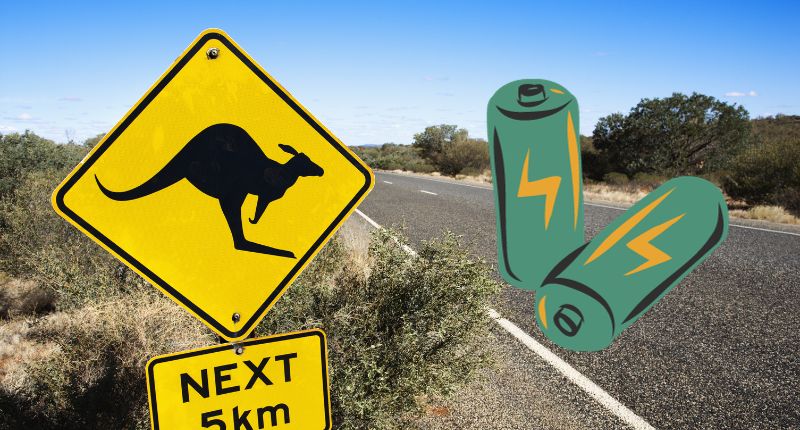
- UNSW report suggests alternative energy to safeguard disaster-prone remote areas.
- Distributed Energy Resources (DER) vital for crisis resilience in extreme conditions.
- Energy diversification crucial for backup in disaster-prone communities.
Alternative energy sources may help protect Australians living in disaster-prone remote regions, according to a new University of New South Wales (UNSW) Sydney report.
The report recommends more policies supporting the usage of Distributed Energy Resources (DER), including solar Photovoltaic (PV) technology and batteries, to help households manage outages caused by bushfires and other extreme weather events.
Outages during bushfires and other extreme weather events can carry dire consequences for afflicted families, who are left vulnerable and distressed, as they are disconnected from vital energy-dependent services or unable to fulfil their basic needs.
“For many of these communities on the fringe of the network, there could be just a single line that connects them to the grid,” says report author and senior research fellow in the School of Photovoltaic and Renewable Energy Engineering, UNSW Engineering, Dr Mike Roberts.
“If the line goes down during a bushfire, it can leave them without electricity from the grid for quite some time.”
Preparing for the unavoidable
Although technological advances may make electricity networks more resilient to extreme situations, outages are still inevitable. Hence, remote communities must be ready for the worst-case scenario, with alternative power sources at hand, like solar panels, batteries, or generators, or even non-electrical sources like gas.
“The resilience of energy systems is a matter of growing concern as we are set to face more frequent and intense fires and severe weather events because of climate change,” says report author and visiting fellow in the School of Humanities and Languages at UNSW Arts, Design & Architecture, Dr Sophie Adams.
“Building energy resilience in bushfire-affected communities can be a matter of life or death, given the dependence on electricity for telecommunications, water, fuel, money, and refrigeration.”
Building resilience with renewable energy
The report states that adopting renewable energy technology will maintain the community’s ability to power essential activities should the grid be impacted. For instance, solar PV and batteries will allow households and communities to generate, store, and use energy locally when the grid is inaccessible.
While it is common for households to have substantial backup resources for outages, not all households are equally equipped to deal with the loss of telecommunications, water, and transport.
Therefore, the report authors suggest that there needs to be a significant attempt at educating households, communities, and installers on the DER options available and their resilience implications. Furthermore, they called for increased guidance around essential loads and temporarily reducing energy demands during times of crisis.
Diversifying distributed energy resources
It is also critical to have a variety of energy sources at hand, with non-electrical energy sources ready to complement renewable DERs, building resilience and contributing to other backup functions, such as generators, bottled gas, or microgrids.
“There is a continuum of DER configurations to strengthen energy resilience and meet the needs of different households and communities,” Adams says.
“It’s advisable to have options to fall back on where possible and not rely on a single backup solution.”
Indeed, the report calls attention to how Australia’s efforts to decarbonise households, while being noble, may have unintentionally impacted the resilience of bushfire-prone communities.
“Electrification of communications, transport, cooking and heating and more is necessary, but may have unintended resilience impacts,” Adams says.
“The need for backup electricity supply in these areas vulnerable to power outages needs to be included in the discussion of ongoing decarbonisation.”







